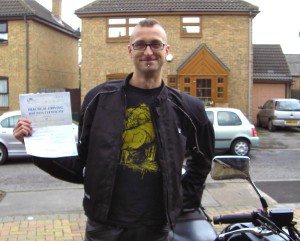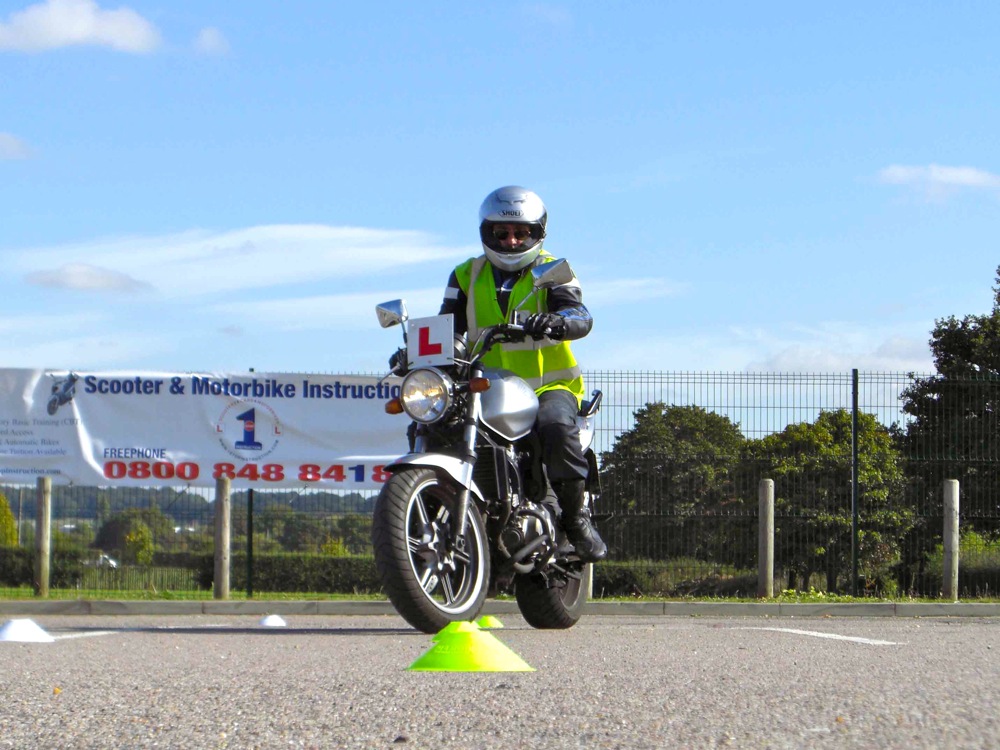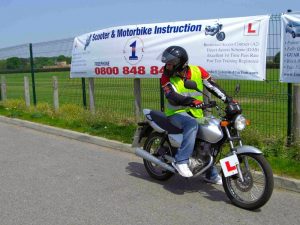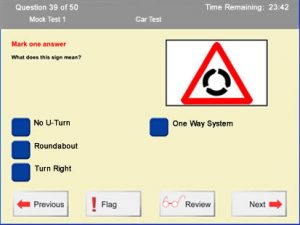 I did it!
I did it!
I passed my DAS. A bit nerve-racking, but passed. I can now ride any motorbike I like!
It was a bit tight on time, as my test was late morning, only giving me half a day to practice. The guys at 1 Stop Instruction have all been great, taught me well and quite obviously have a great system for getting newbie’s on two wheels.
We did a lot of riding around Enfield covering all the main routes of the test. Checking out many traps and common gotcha’s that others often fail on. Then it was off to the test centre. I just had to stay calm, remember every lifesaver, position myself correctly at every junction and cancel them bloody indicators! The 1 Stop bikes all have buzzers attached to the indicators as an aid memoir, simple but very effective.
The test mostly went very smoothly, though a brief hail storm made things interesting. Especially as this occurred when I ran into a long tailback behind some vehicles on tow. Do I filter past or hold back? Can I get by before the island on the road? Should I be safe and stay back due to weather conditions?
Near the very end of the test, we ran straight into a jam waiting for a railway crossing. Odd I thought, the 1 Stop guys had shown me a common trap just around the corner: a junction at the end of a road with no central markings, but painted parking bays on either side. The trick is not to assume it’s a one-way street and position yourself to the right of an imaginary left-hand lane, ignoring parking bays. So why did he let me go into the jam and not take me here? After the test, in the debrief the examiner quizzed me if I had heard him say turn left back there… Thinking back, I can’t work out if it was an intercom failure, or just me too deep in concentration elsewhere… Oh well, I passed.
Overall I felt relaxed and confident throughout, the examiner took me on roads I had ridden many times over the previous 2-3 days. Advice for your test: know the roads, avoid surprises. And jams are your friend, the less time you’re riding, the less time you could be failing.
In an effort to improve my riding I have picked up this book. Universally well regarded and the manual for police motorcyclists. It is jammed packed with advice, tips and lessons to rider better and safer, in all manner of situations.

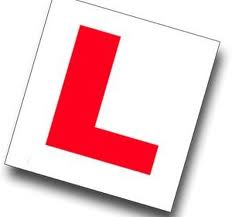 As of 19th January 2013, the rules around motorcycle tests in the UK have changed considerably, Trying to fathom how this affects you is no mean feat. Today I’m going to attempt explaining the changes in a clear and simple way.
As of 19th January 2013, the rules around motorcycle tests in the UK have changed considerably, Trying to fathom how this affects you is no mean feat. Today I’m going to attempt explaining the changes in a clear and simple way.